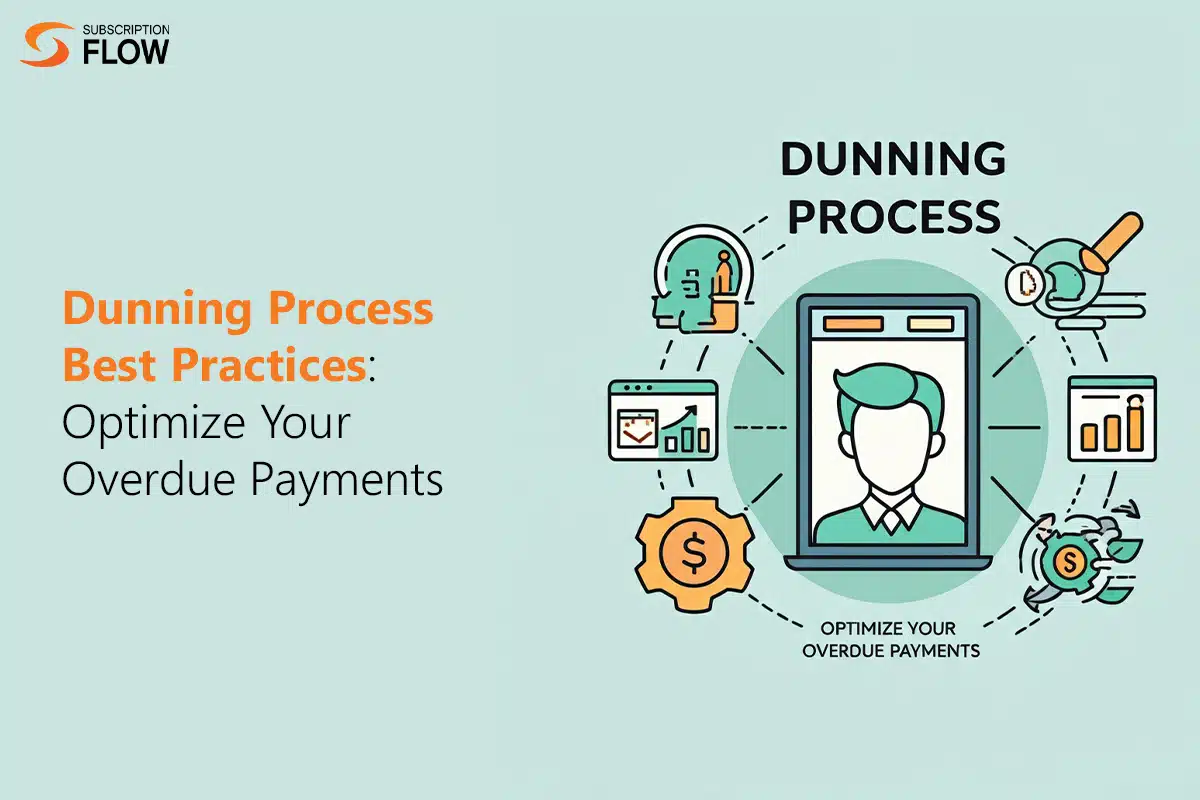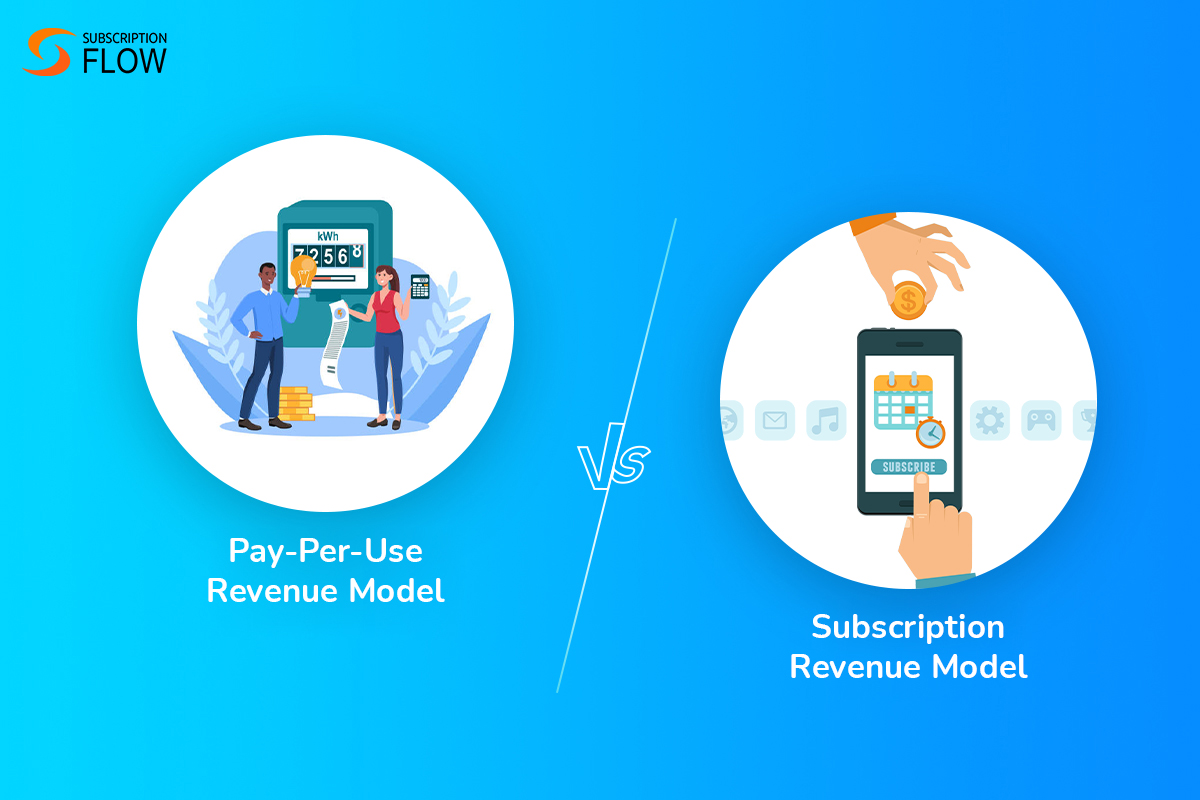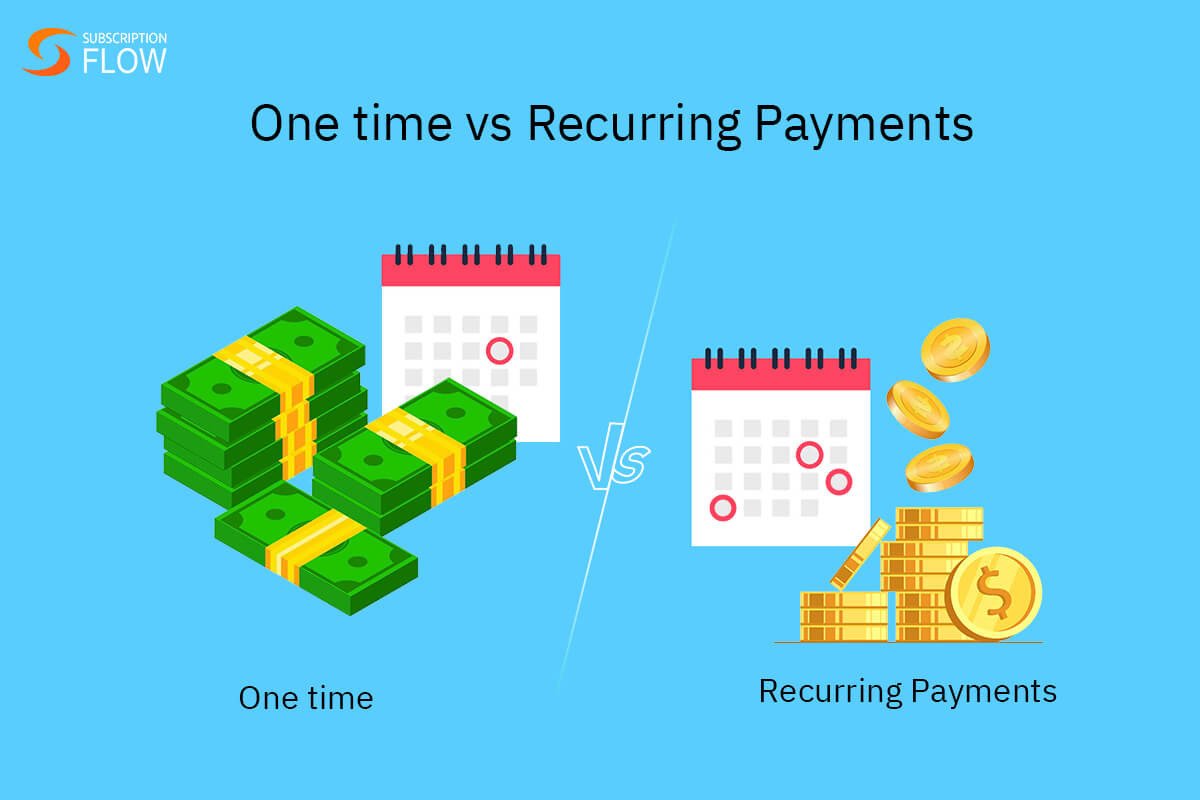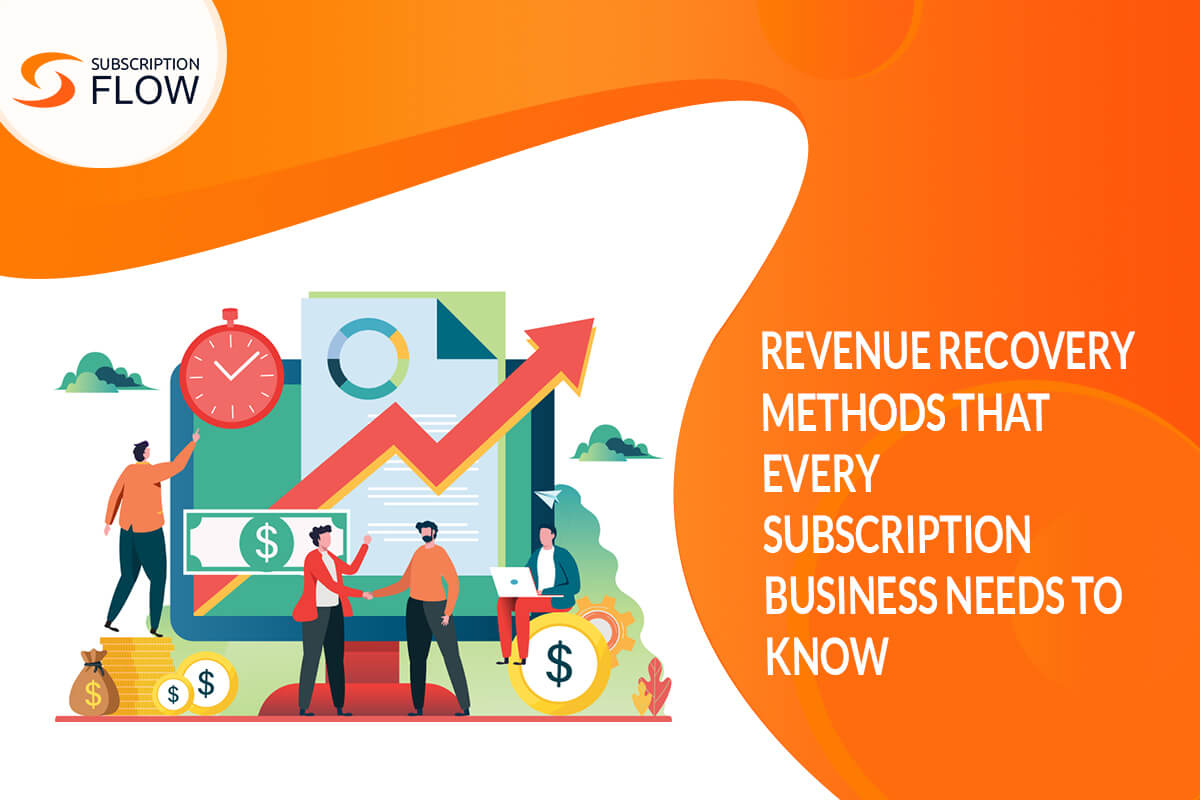
Dunning Process Best Practices: Optimize Your Overdue Payments
In the modern business landscape, dunning management is crucial for optimizing accounts receivable. Dunning has a direct influence on days sales outstanding and cash flow performance within a business ecosystem. Optimizing the dunning process is necessary for businesses to minimize revenue loss and improve cash flow and monetary side of business. Based on a study, organizations using dunning automation can reduce involuntary churn and improve payment success rates to a great extent. A smooth dunning process incorporates automation, personalization, and analytics to maximize recovery rates. Using dunning process best practices, businesses can maintain a healthy financial workflow. Moreover, it can help in ascertaining long-term progress and sustainability. This is particularly true for SaaS domain businesses, where customers are likely to end up with overdue payments and other monetary inconsistencies.
This blog will discuss the concept of dunning, dunning process best practices, its benefits, and challenges in a business lifecycle.
Understanding the Dunning Process
Dunning is the well-defined process that involves customer communication to collect overdue payments or resolving payment transactions. In the face of modern subscription businesses, dunning involves a series of steps or initiatives to remind customers of their overdue payments. This is especially true in the case of failed payments. The idea of dunning not just revolves around recovering revenue from the customer base but also offers helpful solutions to manage payment discrepancies and reduce involuntary churn rate.
Dunning practices have evolved with the propelling online businesses involving subscription management and relevant models. With recurring payment reliance, management of payment failures or declined payments has become common.
Key Components and Challenges in Dunning Management
Modernized dunning automation enables leveraging technology to automate the dunning process via reminders, notifications, and crystal-clear communication with customers.
Some critical components of dunning management are
Payment options
Offering customers easy payment options for updating payment data or choosing alternative payment methods is crucial.
Automated reminders
It involves sending automated emails or notifications to customers about payment renewals and payment failures.
Customer communication
Politely communicating failed or overdue payments to customers, focusing on issue resolution rather than just debt collection, is crucial.
Importance of dunning management for businesses
Dunning management can have a long-lasting impact on a business. It helps in the given ways:
- Reduction of bad debt
Effective dunning can reduce the risk of account receivables turning into bad debt, which is unhealthy for a business. Bad debts are often costly and negatively impact business operations.
- Cash flow optimization
Dunning management has a direct impact on cash flow and revenues. When payments are made in a timely manner, it increases the steady flow of cash, fueling operational costs and readily available investable cash if any opportunity arises.
- Efficient accounts receivable
Optimizing the dunning process can streamline accounts receivable operations. This reduces the costs and human effort that could otherwise be employed in chasing customers for overdue payments.
- Data insights
Dunning management allows a clear steer view of customer payment behaviors, the common loopholes in payment processes, credit risks, and trends, thereby making decision-making on credit policies a lot easier.
- Scaling Up
With business expansion and high volumes of account receivables, a planned dunning process can make payment collection easier aligning with the business needs. It can ensure limited room for uncollected debt and increased volumes of customers managed swiftly.
- Customer Help Efforts
Integration with customer help and support platforms is a crucial aspect of dunning management. Integration efforts enable customer assistance and query resolution, thereby easing solutions for customers stuck with payment inconvenience.
Dunning Process Best Practices for Businesses
The dunning process, when managed right, can multiply the customer base and improve revenue inflows for a business. This is particularly applicable for SaaS subscription businesses where recurring payment collection is the heart of business processes. Following certain dunning process best practices, businesses can benefit from a seamless collection of overdue payments that can convert into business revenues. Following are a few best practices to assist buisnesses with dunning management:
Filling the Communication Gaps
Modern dunning practices involve relationship management with customers rather than pressurizing them into making up for missed or delayed payments. If automated retry mechanisms fail to resolve payment issues, customer communication protocols are critical to manage recovery success.
Research indicates that empathetic messaging helps in easy customer-business communication and offers higher recovery rates while maintaining customer lifetime value. Some technicalities to take care of include:
- Standardized messaging templates can allow maintaining consistent brand voice throughout the communication stage with customers.
- Clear call-to-action with streamlined payment resolution pathways to assist with quick queries and payment issues.
- Contextual payment instructions to self-help with any delayed payments and related issues
Automation Ecosystem
Improves payment collection ecosystem is a crucial aspect of managing dunning using industry best practices. Empowering teams to streamline payment collection routes is crucial. Dynamic payment routing, payment retry strategies, awareness of card issuer limitations, and regular payment processor reviews are important. Technical dunning via collaboration of engineering, legal, and finance teams to optimize payment processes and recover failed payments through a structured process is crucial.
Dynamic payment routing
It involves looking for the fastest and most effective ways of payment processing, mitigating chances of failed payments. In this case, the product team must enhance the proficiency of payment options and allow easy switching from one mode to another.
Payment cycling
It involves retrying a failed payment using alternative methods of payment stored in the system, such as credit cards, bank accounts, and more. It increases the likelihood of successful payment. Businesses must analyze suitable payment methods that may not fail and automate attempts for payments.
Card issuer limitations
The costs incurred on excessive retries can impact your business reputation and cause a crippling effect. Thus, card issuer limitations awareness is important.
Payment processor review
Processing issues are among the top reasons for failed payments on the company’s end. Regular reviews and checks are crucial for fixing any unexpected issue.
Navigating Key Performance Indicators
Closely monitoring key performance indicators such as customer churn can help figure out areas that need attention. Some other indicators that must be considered are
Customer retention: It is the rate at which customers stick around a business for a certain time span.
Customer lifetime value: It is the sum of customer expenses spent on using your service/product throughout a customer’s journey with your brand.
Recovery rate: It is a percentage of overdue payments recovered through dunning efforts using various techniques.
Return on investment: It covers up the revenue recovered via dunning efforts compared to costs incurred.
Dunning Management with SubscriptionFlow
In contemporary business scenario, SubscriptionFlow is a reliable platform to help with streamlined dunning management via automation. It minimizes involuntary churn and improves retention rate. Here are some dunning features that are helpful for business operations:
Automated Payments
Utilizing SubscriptionFlow, you can set up customizable payment retry schedules. Moreover, it can help with the number of retries, intervals between payment efforts, and the necessary actions if payments fail. This improves consistent follow-ups without manual effort involved.
Dunning Emails
Using SubscriptionFlow you can craft personalized dunning email templates, which can be scheduled for sending at certain time intervals. It also can include retry links and customer support data to keep a calm and polite tone for encouraging timely payments rather than pressurizing customers to pay.
Dunning Analytics
With SubscriptionFlow, you can gain detailed analytics and reports on dunning activities. It gets easier to track down rates of recovery, identify payment failures, and evaluate the success of dunning practices.
Billing-Specific Dunning Protocols
SubscriptionFlow supports customized dunning protocols for various billing models, such as one-time payments, freemiums, usage-based billing, and trials. It improves the dunning process and tailors it to business needs.
Reduction of Risk
With dunning automation, communication records can easily be managed. SubscriptionFlow helps in compliant transactions and also mitigates the risks of being flagged as high-risk merchants due to repeat payment failures.
Final Thoughts
Long-term progress of your subscription business depends on an advanced dunning management platform that can effectively manage subscriptions. Features such as timely payment recovery and lower revenue loss owing to failed transactions are a must. SubscriptionFlow can offer a comprehensive dunning management solution to manage recurring billing and dunning processes.
Using its top tier functionalities such as revenue loss identification and tracking failed payments, businesses can improve their payment processes. Not sure where to begin?
Get started with SubscriptionFlow’s dunning management solution to reduce revenue loss and ensure a sustainable market footprint.
Book a demo today!








